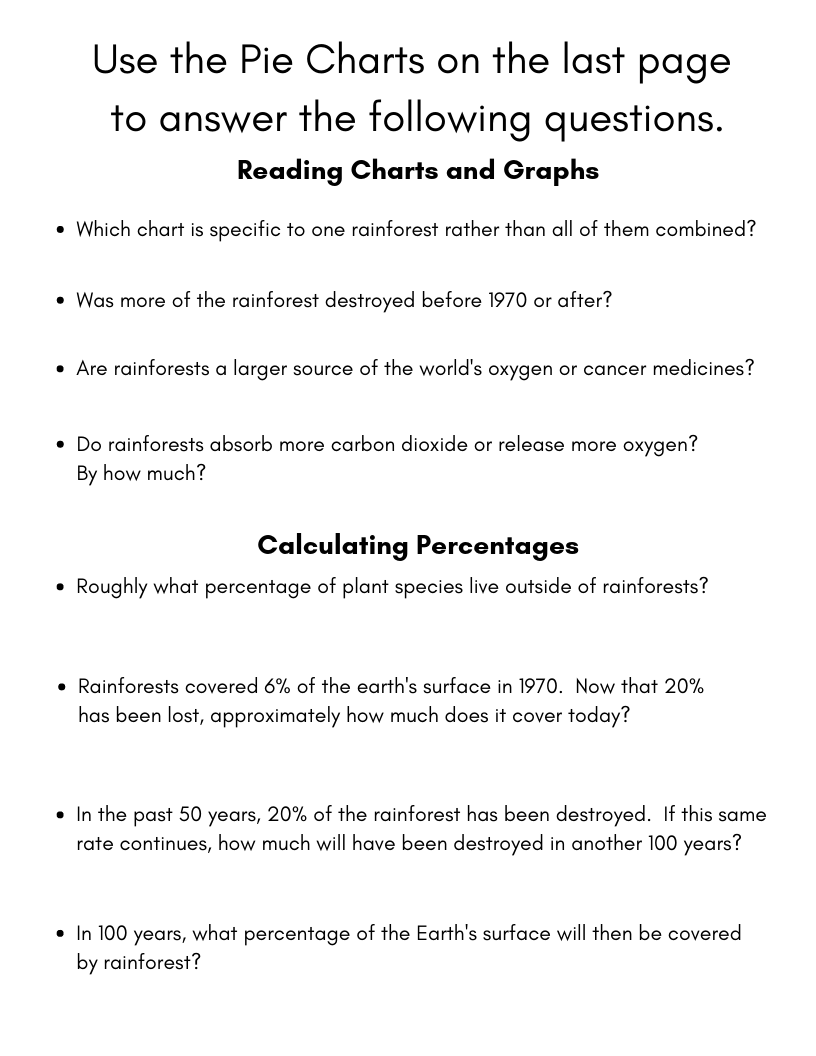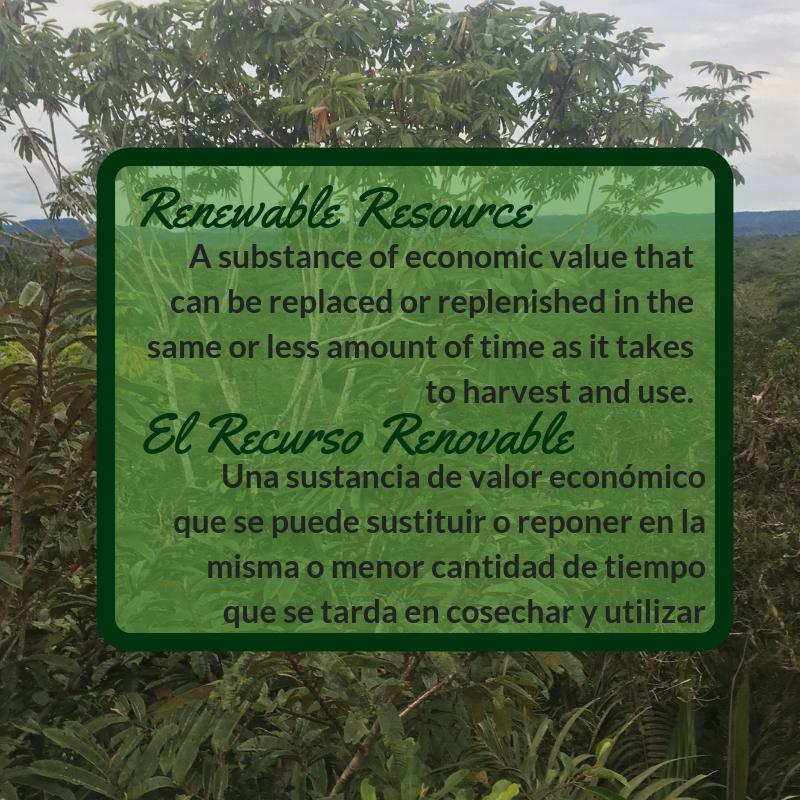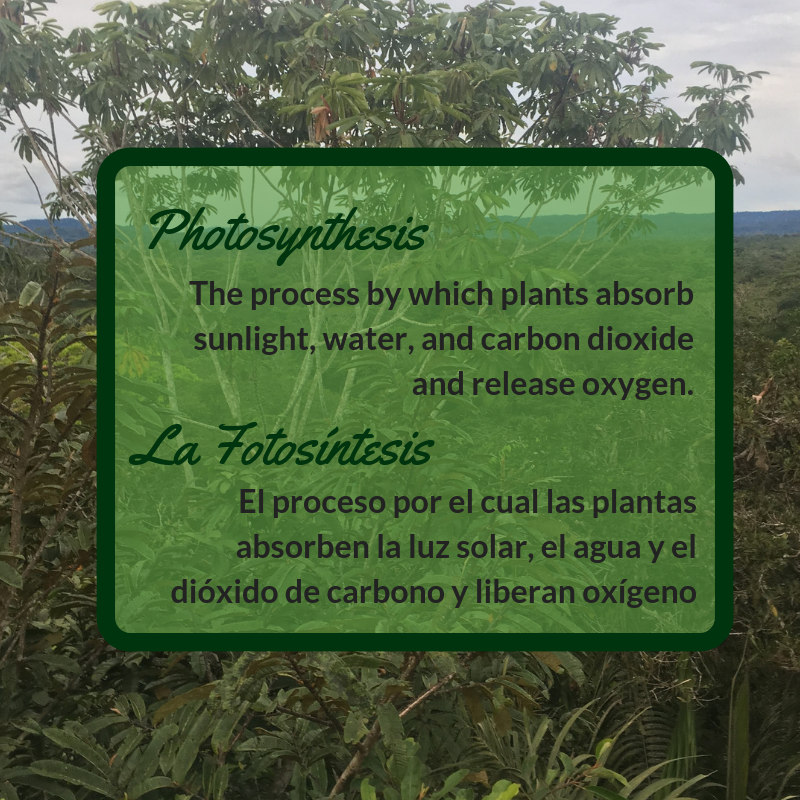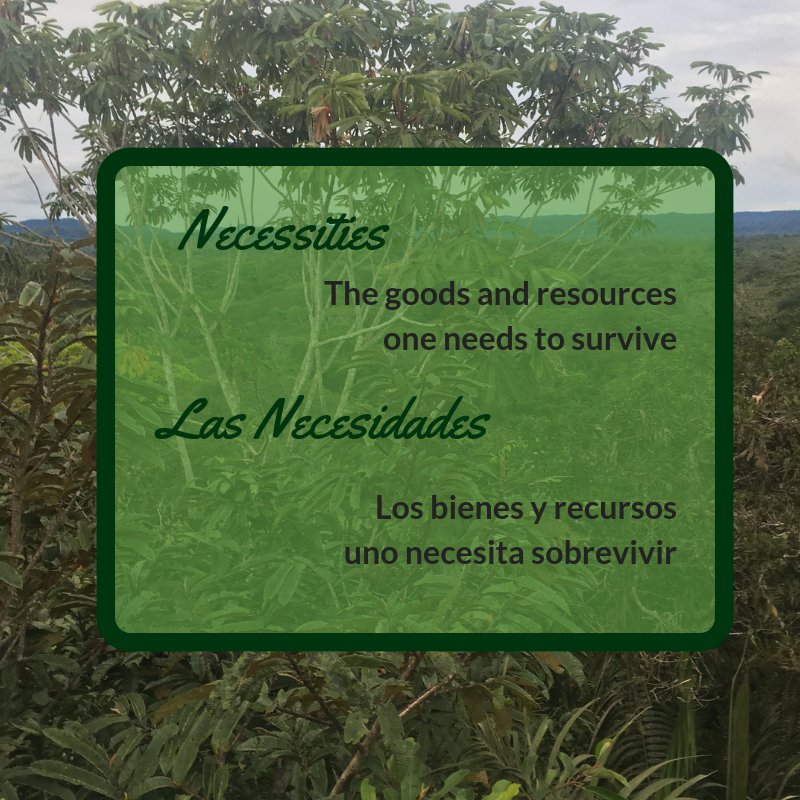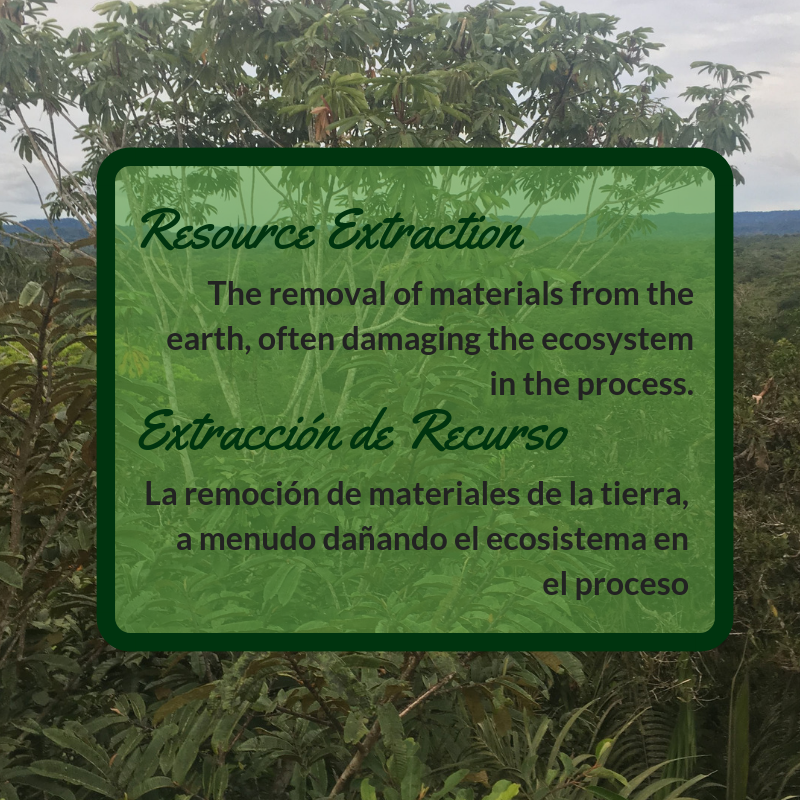
While visiting the Amazon Basin, we had the opportunity to spend some time with Luis, a Kichwa speaking member of the indigenous community in Canelos. He has spent his entire life here in the rainforest and can navigate the dense undergrowth as easily as you or I navigate the sidewalks in our neighborhood. As we walked along, he called out to birds and monkeys in sounds I can’t begin to describe, luring them from their hiding places. But even more astonishing than the warbling sounds of Oropendolas or other creatures, was how quickly and frequently Luis would spot a useful plant.

Some of these plants I recognized, due to the obvious fruits of pineapple, coconut, and mango trees, or to a distinct aroma like the long beans of the vanilla plant, a member of the orchid family whose flavor has become popular worldwide. One of these familiar plants had a surprise for me: the Cacao tree. Cacao is a tree that grows easily in this part of the world and produces the beans used to make chocolate. But much to my surprise, it bears a tasty treat long before the beans have been dried and roasted to make chocolate candy. When it fruits, it produces bright red pods about the size of an American football. Our host grabbed one of these pods off the tree and sliced it open with his machete. Inside, one finds around 40 beans (enough to make a 2 oz bar of chocolate) suspended in a white milky fluid. While the beans are incredibly hard and bitter before drying and roasting, this white milky fluid is edible and has a delicious, sweet but tangy taste similar to that of yogurt and citrus. Personally, I found this taste more appealing than that of chocolate, and many locals agreed. Plus, you are able to simply suck the white fluid out of the pod and scatter the seeds, growing more cacao trees!

Photo credit: Jatun Sacha
Less recognizable to me were the thousands of plants that indigenous peoples in the area use for medicinal purposes. Over and over, Luis would stop, pluck an unassuming leaf or piece of bark and turn to us to explain its uses. We learned of cures for headaches and toothaches, plants that could be ground up and used to help with digestive problems, roots used to promote fertility (or infertility), insect repellents, and more! Many of these rainforest remedies have been implemented in the rest of the world as well, and medical technology has been able to unlock even more powers from Amazonian plants, including treatments for malaria, cancer, and other serious ailments.

photo credit: Por Natikka
What I found most interesting was when Luis cut a small slit in the bark of one tree (Croton Lechleri), releasing blood-red sap, which Luis called Sangre de Drago, or Dragon’s Blood. He pooled up a small amount of the sap and asked us to rub it on our hands or anywhere we had a scrape or cut. While I was hesitant due to the foreboding name of the plant, I did as was told and within minutes, it had hardened to form a flexible but comfortable bandage. The sap of this tree is a form of natural latex that protects the body and promotes healing. It has been used to make bandages and casts by Amazonian peoples for centuries, and more recently has been used to develop certain kinds of rubber as well as to treat some symptoms of HIV!
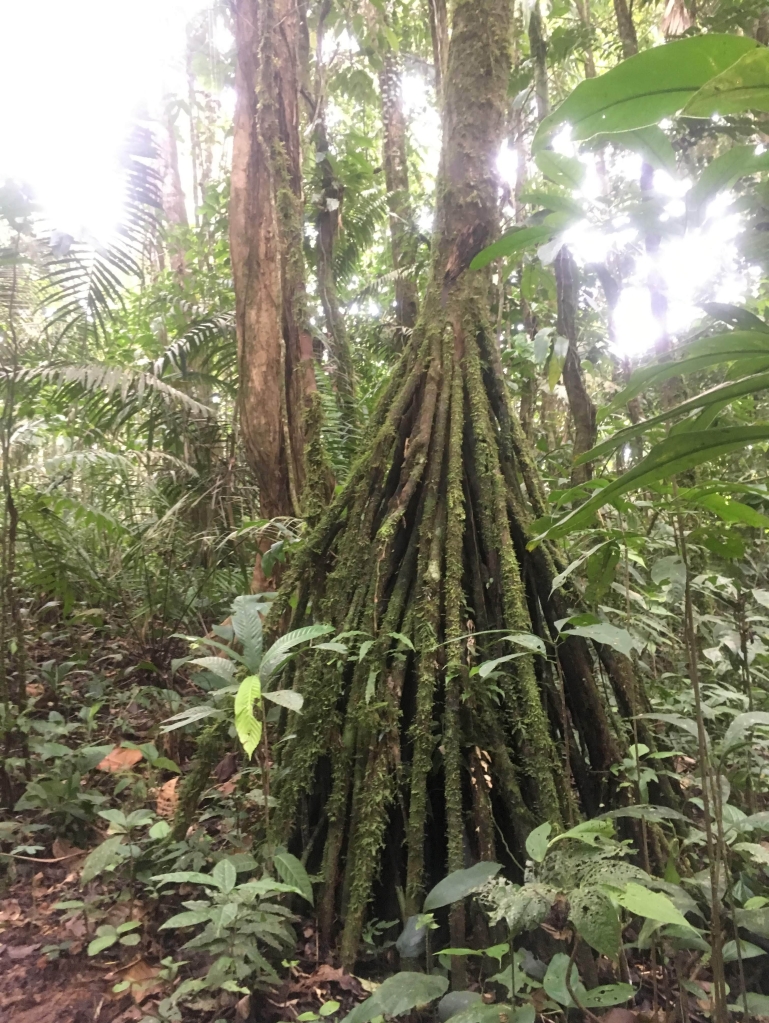
Plants here are used for much more than food and medicine, as well. Take the incredibly light wood of the Balsa tree, which grows to a towering 90 feet in around 10 years (an oak tree might take 75 years to reach the same height). Balsa is used in everything from engineering models to rafts, from commercial fishing lures to surfboards to wind turbines for electricity generation. Many plants here are multipurpose, especially for those who live in this environment. Take palm trees, which not only sometimes produce coconuts but also are used to make ropes and roofs. Or the Irartea Gigantea, a tree that stands on stilt-like roots and has incredibly hard wood. These root systems not only make great homes for many small rainforest creatures but are used by indigenous peoples for everything from floorboards to blowgun darts.

photo credit: Jatun Sacha
Many indigenous groups rely mostly on renewable resources, which can be replenished relatively quickly with little effect on the ecosystem (such as medicinal plants or trees). This makes many indigenous lifestyles in the Amazon highly sustainable, meaning it maintains an ecological balance by avoiding depletion of natural resources.
These plants also serve a less tangible role for people in the area and worldwide. Plants feed through the process of photosynthesis, where they absorb sunlight, water, and a gas called carbon dioxide (the same gas we exhale) to create sugar to feed on, and releasing oxygen (the gas we breathe) into the air. This means large groups of trees like the Amazon rainforest are removing huge amounts of carbon dioxide from the air and replacing it with oxygen. While we need oxygen to breathe, we also need to keep Carbon Dioxide levels steady in the atmosphere, as it traps heat from the sun through something called the Greenhouse Effect. So these large rainforest ecosystems are important to us having enough oxygen to breathe and also to reducing the effects of global climate change (see journal 4).

Data from National Geographic and Encyclopedia Britannica
The ready availability of everything from food to medicine to construction materials means that people living in the Amazon have to import very little in terms of necessities, the products one needs to survive. Though rainforest communities have less access to luxury goods, like chocolate and electronic devices, than people in urbanized areas, many of the supplies to make these luxury goods are taken from rainforest areas. This means those of us who live far from these biodiversity hotspots still rely heavily on them, both for basic goods such as food and for manufactured medicine and items. As we harvest these plants to export, many producers are clear-cutting swaths of the rainforest to grow plantations of one or two kinds of plant, like balsa or cacao. While this may temporarily increase the amount we are able to harvest, it interrupts the ecosystem in which it is happening, reducing soil fertility and shrinking the habitats in which rainforest plants and animals are able to survive.
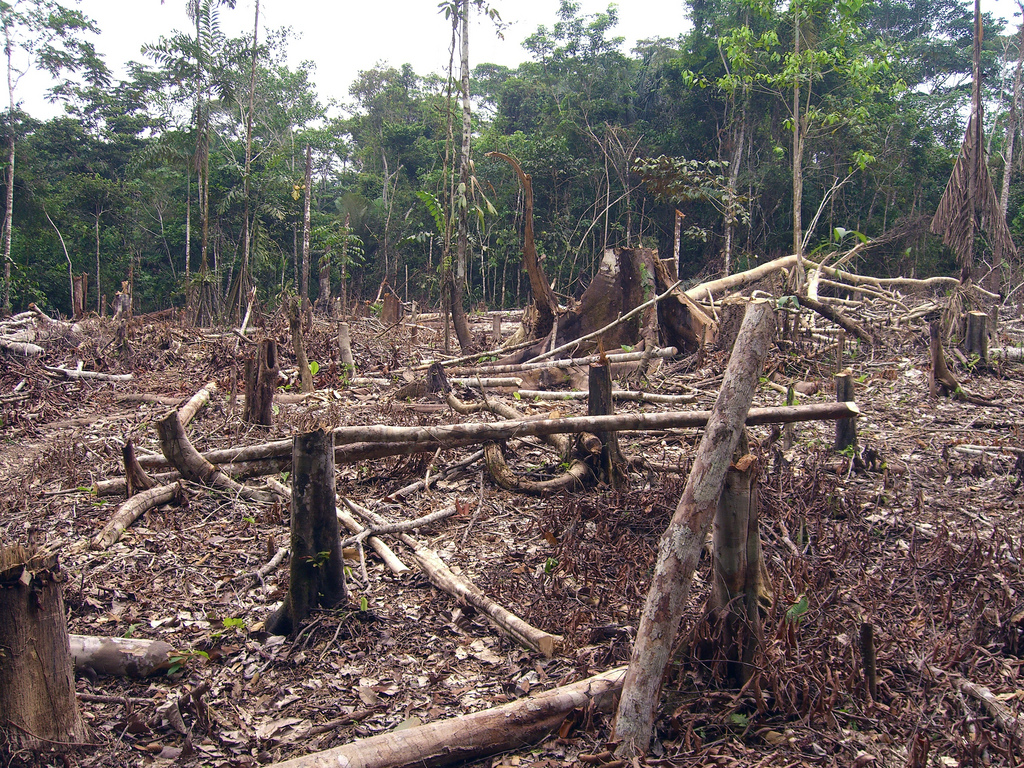
photo credit: Matt Zimmermann

photo credit: Captain Phoebus
Adding to this problem, companies are harvesting more than plants from this region, they are often implementing large-scale resource extraction, or removal of certain materials from the earth. Ecuador’s rainforest is rich in minerals and oil, which has led several international companies like Shell to take an interest in the area. We actually passed through the town of Shell, founded and named after the oil company in 1937 on the way to Canelos, which has one of the furthest inland airports in Ecuador and is characterized by truck-filled streets and grid style neighborhoods that are a stark contrast to the indigenous communities around it. While the oil industry has been profitable for the nation of Ecuador, it is posing a threat to indigenous lifeways and customs and has been met with serious resistance, sometimes violent and sometimes through legal channels.

For example, in 2012, the people of Sarayaku, an indigenous community close to where we stayed in Canelos, filed a lawsuit against the national government for violating the Inter-American Convention on Human Rights. The government had granted a private oil company the right to mine and drill on ancestral lands in Sarayaku. The people of Sarayaku knew this would have numerous repercussions for their community and ecosystem, from fragmenting the habitats of plants and animals essential to their diet, to chemical pollution in the waters their community relied on for drinking and bathing, to the influx of foreign workers, goods, and traditions that would accompany these operations and threaten to change their way of life. The case, Kichwa Indigenous Peoples of Sarayaku v. Ecuador, was settled in the Inter-American Court of Human Rights in favor of the Sarayaku community, who are now focusing on environmental tourism as a way to stimulate the economy without the destruction that accompanies major resource extraction.
Indigenous peoples have been able to figure out ingenious uses of jungle biodiversity by living together with it for thousands of years, and though many useful species have been found, there are likely many more out there undiscovered or yet to evolve. But we now live in a time, called the Anthropocene, where the actions of humans drastically shape the world around us, and it is up to us to choose in what way we shape it. Without your help, clearcutting and resource extraction could destroy this precious treasure. From personal choices like avoiding products with palm oil, recycling, and using less gasoline, to public fundraisers and protests against unsustainable companies, it is necessary for us to step up and fight for the rainforest. If we wish to have this vital resource available to continue to help humanity in the future, we have to make sure to treat it in a sustainable way now.
Practice the vocab terms for this week’s journal with the printable vocab cards below:

